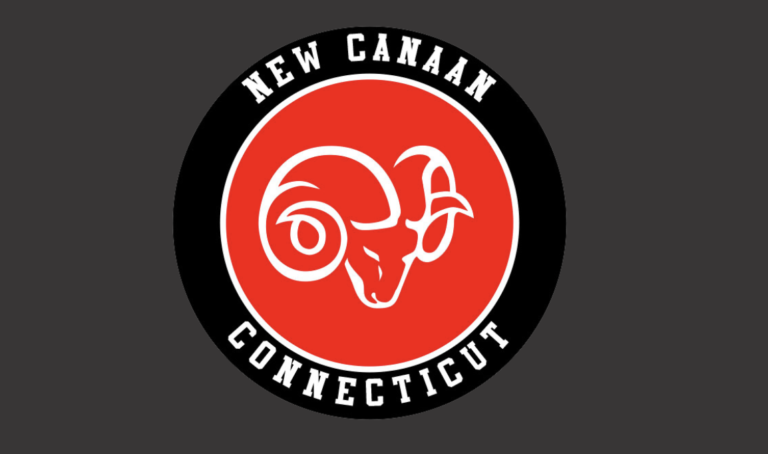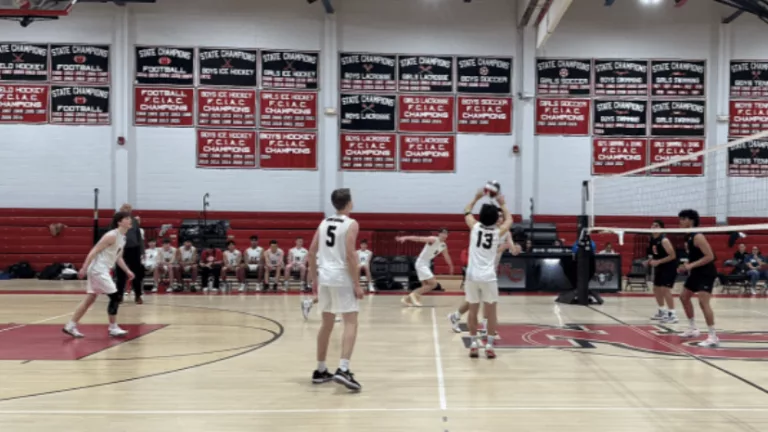By John Engel
“The Brutalist” is the hottest movie in the nation, with 10 Oscar nominations. It’s currently playing in New Canaan and has deep New Canaan roots. Why should New Canaan care and what does it mean that Brutalism is part of the conversation in 2025 (named by Zillow and Better Homes and Gardens to be the most searched term)?
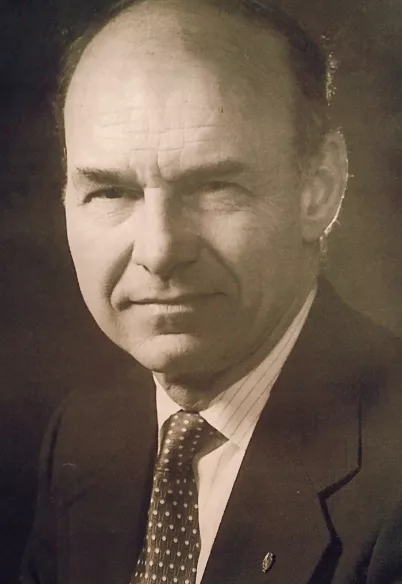
Brutalism is a post-war architectural style. It’s powerful and honest, not pretty, emphasizing mass, weight, and scale. Brutalism, from the French word for raw and unrefined, expresses the structure instead of decorating or covering it, and some of the best examples show off exteriors of windowless rough concrete to hammer home this point.
The movie is a fiction that its creator Brady Corbet says is loosely based on architects Paul Rudolph, Louis Kahn, and Marcel Breuer, saying “their work was all wrestling with what the entire world had been through in the first half of the century.” But it was New Canaan’s Marcel Breuer with whom I believe the movie’s protagonist is most closely aligned. A Hungarian immigrant just like protagonist Laszlo Tóth, Breuer both studied and taught at the Bauhaus in Germany and he was one of modern architecture’s earliest and most heavily influential proponents, a teacher of Paul Rudolph, Philip Johnson, and I.M. Pei during his tenure at Harvard.
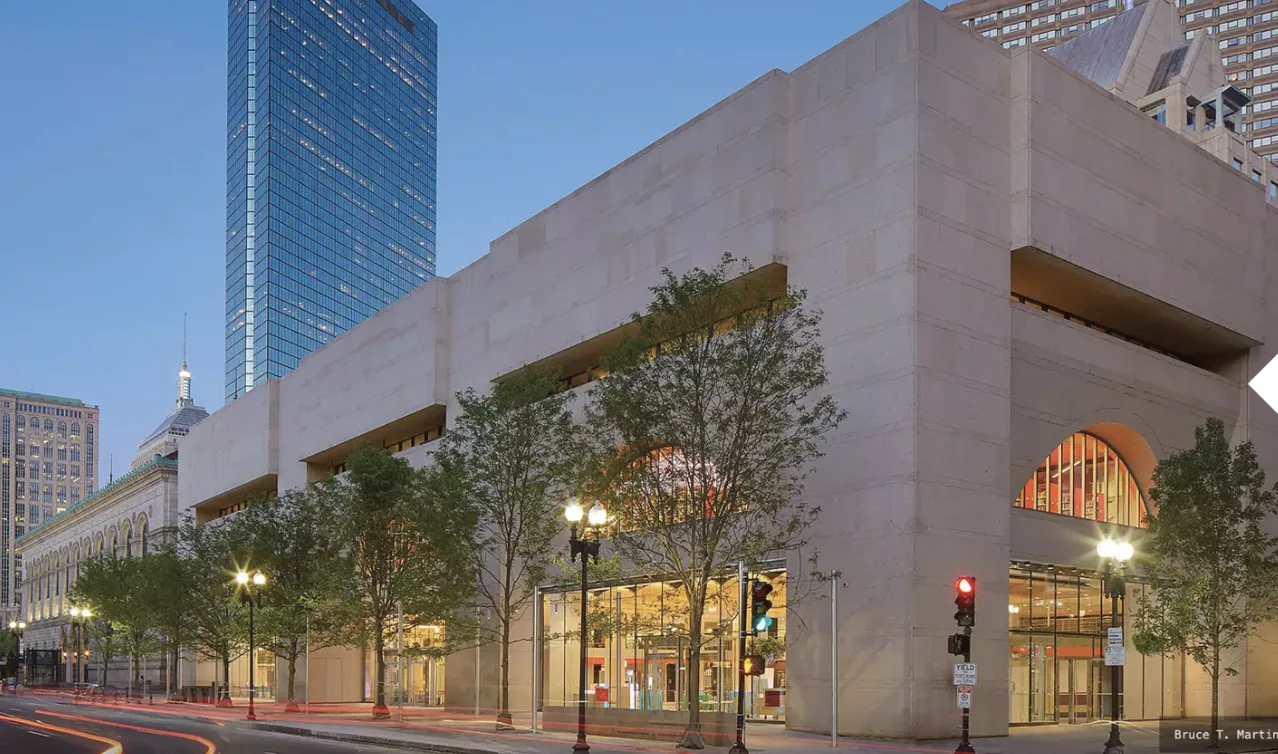
The movie makes only passing reference to Connecticut. Fictional creations in the movie include an episcopal church in Greenwich and a reform synagogue in Wilton. In reality, New Canaan was home to Breuer and several other architects who shaped the Brutalist movement. Elliot Noyes designed the Wilton Public Library, and Philip Johnson designed the Kneses Tifereth synagogue in Port Chester, both brutalist.
Breuer’s first house in New Canaan, Breuer House I on New Canaan’s Sunset Hill, was built in 1947 and has more in common with the “light and tensile work of his early career,” making use of cantilevers and featuring glass and stone.
Breuer House II on New Canaan’s West Road, built in 1951, may have been the turning point of his career, the beginning of Brutalism. It was called “a blocky house made of fieldstone” by the New York Times. After building this home, Breuer’s subsequent work became heavier and more sculptural; their “feeling switched to one of massiveness,” wrote the Times.
What about New Canaan architect Laszlo Papp? (Has no one else made the connection?) He also grew up in the war-torn Hungary of WWII, was a prisoner of war, and fought the Hungarian communists in 1956 before emigrating to New Canaan where he practiced architecture, raised a family, and held many leadership positions in our town over four decades. Like the fictional Laszlo Toth in the movie, his journey started with connections to the Hungarian community in Pennsylvania before he settled here.
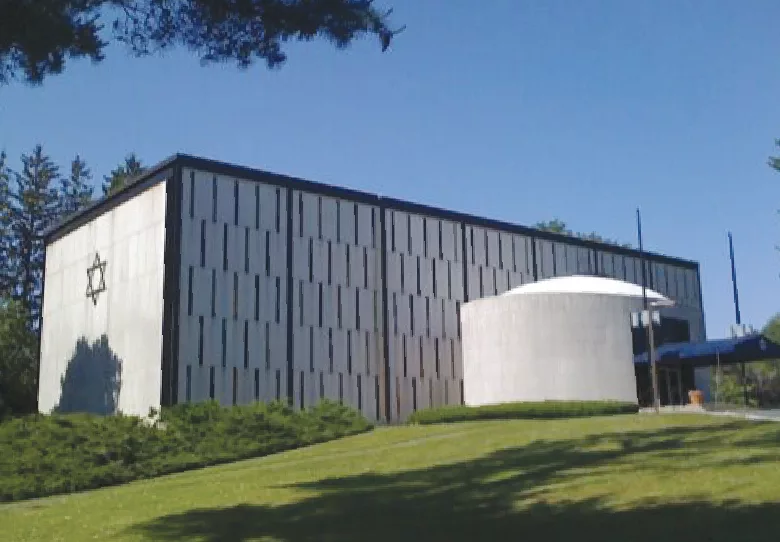
Our Laszlo Papp was once quoted as saying “this town is a beautiful oasis in a very turbulent world.” It makes perfect sense to me that, coming out of the World War era, our midcentury architects would want to make sense of chaos, impose rules on that turbulence, and pursue something solid, truthful, and enduring, not decorative. While their extensive use of glass and flat roofs might be what is most remembered, it’s their use of local fieldstone, recalling the colonial walls all around us, that made their Brutalism of New England.
New Canaan’s Philip Johnson went through a Brutalist phase, designing a no-nonsense Brutalist addition to the Boston Public Library in 1972. In New Canaan, his (almost) windowless Brick House, designed between 1945-1948, is an early example of Brutalism, clean and pure and devoid of decoration.
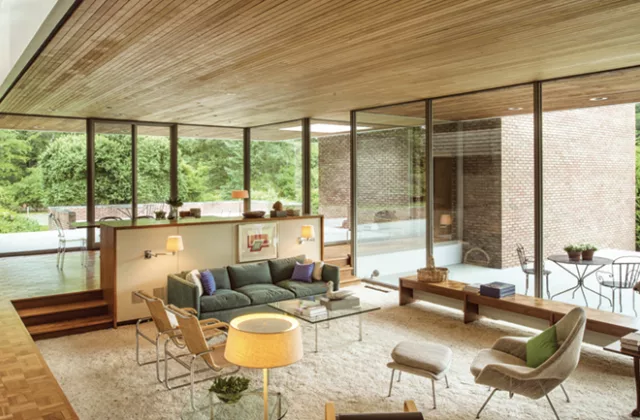
Elliot Noyes, another great Harvard Five architect living and working in New Canaan, had his brutalist moments. Noyes House (1955) on Country Club road presents a massive, windowless masonry façade to the street. But it was his Brutalist Southside Middle School of 1966 that looks like the Brutalism of the current movie.
Ulrich Franzen was a German-born American architect known for his “fortress-like” buildings in the Brutalist style. His Alley Theater in Houston looks like a concrete castle, but his Dana House of 1963 in New Canaan, also called Brutalist with its massive, windowless brick walls, is actually light-filled and airy.
No discussion of Brutalism would be complete with mentioning LeCorbusier. His U.N. building featured briefly in the movie. Lincoln Center, also Brutalist, did not make the cut.
This brings us to the question of why Brutalism is making a comeback of sorts, both in Zillow searches and at this year’s Academy Awards. If in the mind of the film’s creator, Brutalism is not easy to love, maybe it has more in common with how the world is feeling in 2025 than we realize. “Brutalist architecture is representative of something that people do not understand and that they want torn down and ripped away,” Corbet told the Hollywood Reporter. The words and phrases we use to describe Brutalism are the same being used to describe the politics of 2025: “harsh,” “on a massive scale,” “authoritarian,” and “strength.”
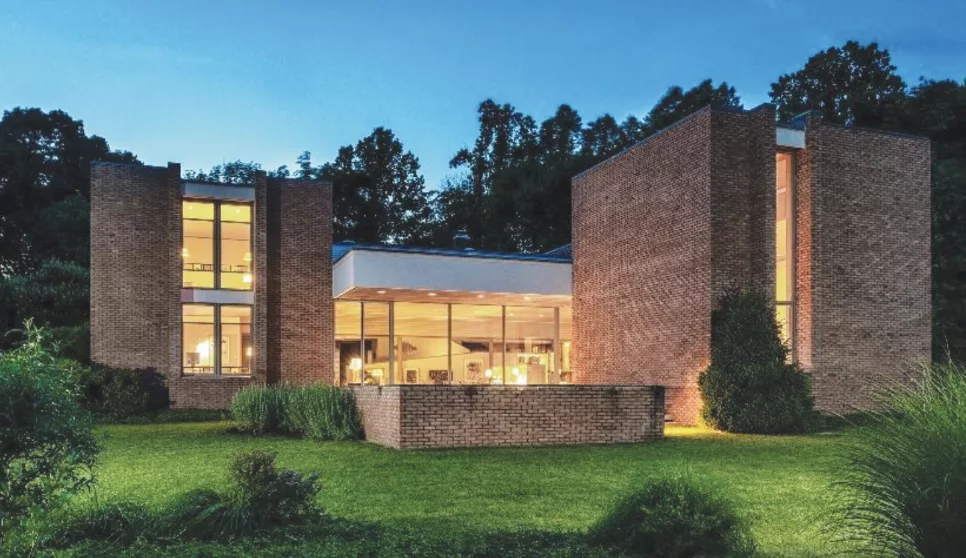
Why Brutalism now? I looked to the bestselling book The Fourth Turning by William Strauss and Neil Howe, an exploration of recurring generational cycles in history, called turnings. We are currently in the Fourth Turning, the crisis phase. Decision-making becomes more centralized and authoritative during the crisis phase as leaders are granted more power to manage the crisis. There’s a focus on order, security, and efficiency over personal freedoms. Sound familiar?
Brutalism was born out of the previous Fourth Turning (the Depression and World War II) and so it makes sense that then, as now, the raw, unpolished honesty of that movement resonates. It reflects a “what you see is what you get” philosophy, often perceived as stark and unyielding but also transparent and authentic. This time around? We see evidence of Brutalism in the massive stone walls of our new New Canaan Library. These are not times for decoration. Just as New Canaan can lay claim to the birth of the movement in America, Brutalism is in the air today.
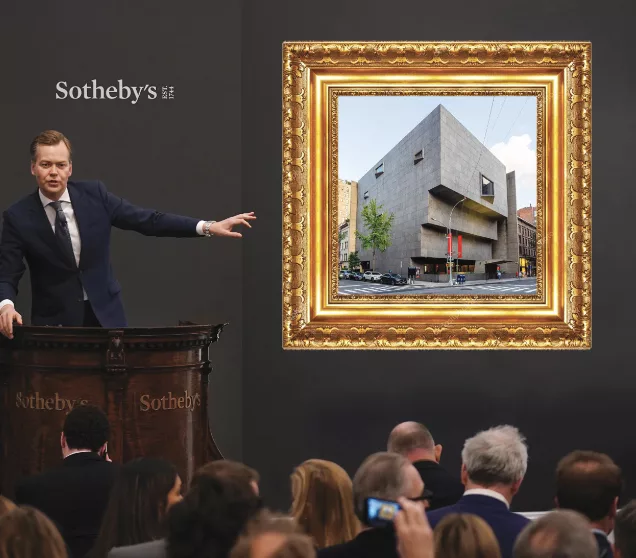
in 2004.
John Engel is a member of the Engel Team, now Douglas Elliman’s #1 team in Connecticut, with 150% growth year over year, and #2 among all teams in New Canaan. This is the time of year when every Realtor brags on social media that they’re #1 and Platinum and winner of an award in one category or another. Just as “The Brutalist” gains credibility if it wins the big award, so too do your local Realtors.

